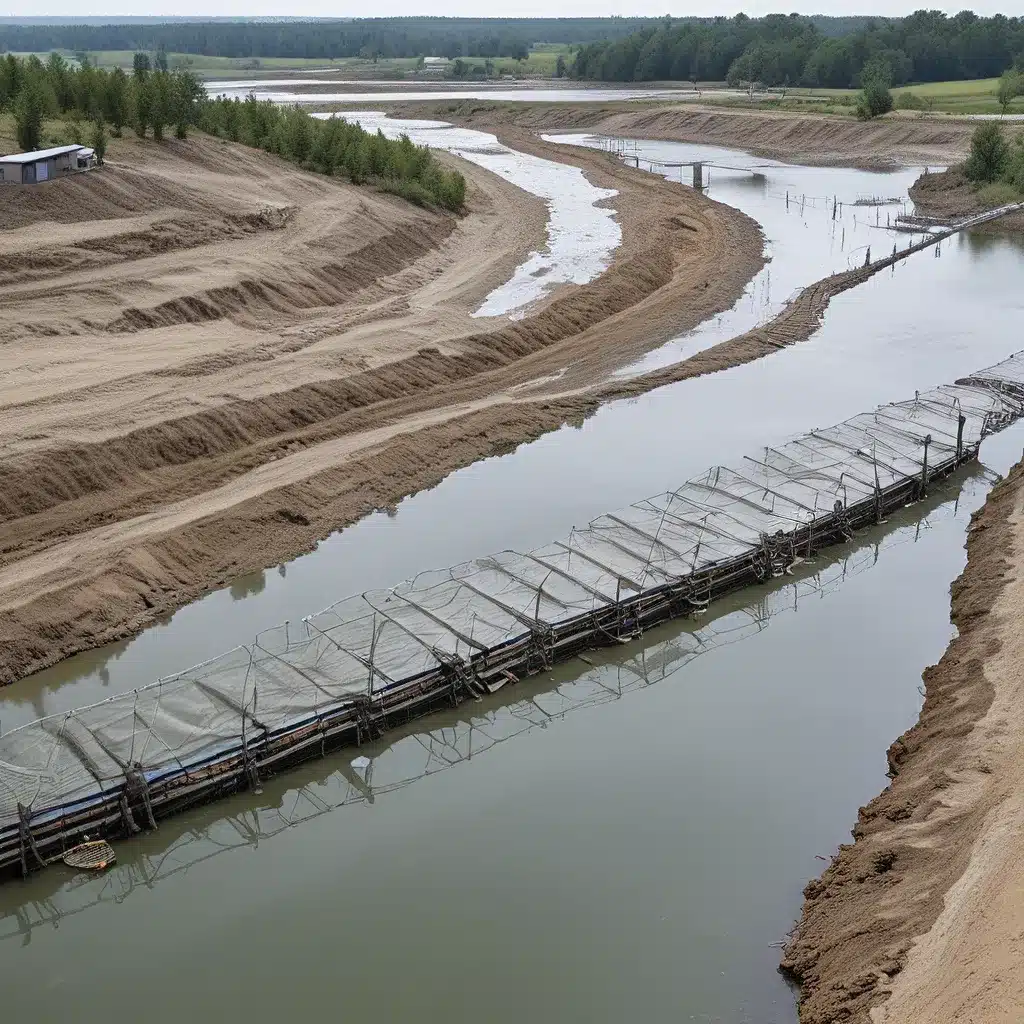
Ah, the world of water treatment – where one drop can make all the difference. As an environmental enthusiast, I’ve always been captivated by the intricate dance between our precious water resources and the ever-changing landscape of environmental challenges. And let me tell you, the “ripple effect” of these challenges is no small matter.
Typhoid: A Waterborne Woe
Let’s start with the notorious typhoid fever. This bacterial infection, caused by the cunning Salmonella Typhi, is a persistent thorn in the side of many communities lacking access to safe water and proper sanitation. As the Coalition Against Typhoid has pointed out, typhoid thrives in areas with inadequate sewage disposal and wastewater treatment systems, where contaminated water sources become breeding grounds for this insidious bug.
I can still remember the stark statistics from my research – in regions with limited access to clean water and improved sanitation, the risk of typhoid transmission skyrockets. It’s a sobering reality that serves as a stark reminder of the vital importance of water infrastructure. And just when you think you’ve got it under control, Mother Nature likes to throw a curveball.
Climate Change: The Great Disrupter
As the United Nations has emphasized, the impacts of climate change are making the battle against waterborne diseases like typhoid increasingly complex. Extreme weather events, such as heavy rains and floods, can overwhelm water treatment systems, leading to the dreaded contamination of our precious water supplies. And during droughts, when communities are forced to rely on potentially tainted sources, the risk of exposure skyrockets.
Imagine a scenario where a sudden, torrential downpour inundates a city’s water treatment plant, causing a cascading failure that leaves thousands without access to clean drinking water. Or picture a prolonged drought that forces people to turn to shallow, stagnant ponds – perfect breeding grounds for bacteria like Salmonella Typhi. It’s enough to make even the hardiest water treatment professional break out in a cold sweat.
Innovative Surveillance: Our Early Warning System
But, my friends, where there are challenges, there are also opportunities. Researchers and scientists are pioneering remarkable advancements in environmental surveillance, giving us the ability to detect the presence of these pesky pathogens before they can wreak havoc. Imagine a world where we can use cutting-edge tools like bacteriophages (those clever little viruses that target bacteria) to sniff out the tiniest traces of typhoid in our water sources.
This type of early warning system is a game-changer, allowing water treatment professionals to swiftly implement mitigation strategies and prevent full-blown outbreaks. And the best part? These innovative technologies are paving the way for a future where we can stay one step ahead of the curve, anticipating and responding to environmental emergencies with agility and precision.
Partnerships for Progress
Of course, all of this requires a collaborative effort – a true “ripple effect” of cooperation and synergy. As the UN has emphasized, when we work together on water issues, we create a positive ripple effect that fosters harmony, generates prosperity, and builds resilience. It’s about bringing together public health agencies, water utilities, and research institutions to streamline our surveillance efforts and ensure the continuous flow of clean, safe water.
Imagine a world where water treatment professionals, climate scientists, and public health experts join forces to create a comprehensive early warning system – one that can predict and rapidly respond to emerging threats. It’s a future that’s not only possible but necessary, as we navigate the increasingly unpredictable waters of environmental emergencies.
Investing in a Sustainable Future
Of course, all of this progress requires investment – both financial and political. As the Coalition Against Typhoid has noted, improving water, sanitation, and hygiene (WASH) infrastructure requires significant capital investment and sustained political will. But the payoff is immeasurable – a future where the threat of waterborne diseases like typhoid is significantly reduced, and communities can thrive.
It’s a tall order, to be sure, but one that’s essential for the health and prosperity of our planet. And let’s not forget the added benefits of a well-functioning water cycle – as the UN has emphasized, public health, food and energy systems, economic productivity, and environmental integrity all rely on a well-managed water resource. When we invest in water treatment and environmental protection, we’re investing in the very fabric of our society.
A Ripple of Hope
So, my fellow water warriors, let’s embrace the “ripple effect” and use it to our advantage. Let’s harness the power of innovative surveillance, strategic partnerships, and sustained investment to navigate the treacherous waters of environmental emergencies. Because when we do, the impact will be felt far and wide, creating a ripple of hope that will carry us into a future where clean, safe water is a birthright, not a privilege.
After all, as the Inland Waters Inc. team knows, water is the lifeblood of our planet. And it’s up to us to ensure that it flows freely, untainted by the ravages of disease or the whims of Mother Nature. So let’s dive in, roll up our sleeves, and get to work – one drop at a time.


